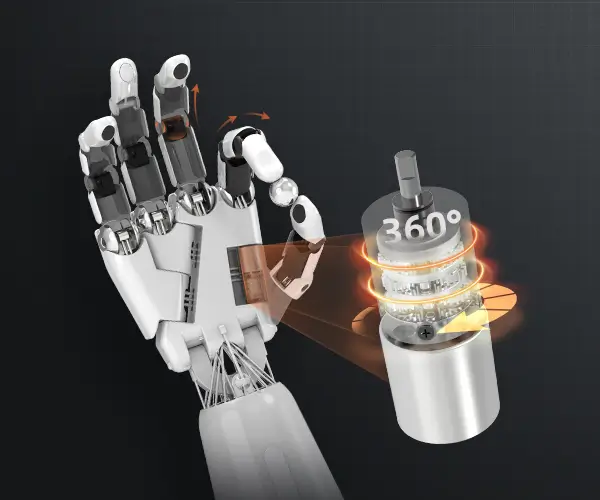Certainly! Here is the first part of a compelling soft article centered around the theme "servo motor right angle gearbox."

part 1:
Unlocking Precision and Power: The Ultimate Guide to Servo Motor Right Angle Gearboxes
In an era where precision, efficiency, and compact design define the backbone of industrial automation, the components powering these advancements must be equally innovative. Among these, the servo motor right angle gearbox emerges as a cornerstone, bridging the gap between high-speed servo motors and demanding mechanical applications. This synergy of technology offers a combination of power, accuracy, and space-saving design that many industries rely on today.
The DNA of a Servo Motor Right Angle Gearbox
At its core, a servo motor right angle gearbox is a gear reduction mechanism designed to transfer rotational power at a right angle—typically 90 degrees—from a servo motor to its driven component. This configuration allows machinery to operate in tight spaces, with the gearbox effectively changing the direction of motion without sacrificing torque or precision.
A typical servo motor, renowned for its excellent speed control and torque, is paired with such gearboxes to optimize its output in applications where space constraints or mechanical design necessitate a right-angle transfer. Think of robotic arms, CNC machinery, or conveyor systems—these all require compact solutions that provide precise movement and durability.
An important aspect of these gearboxes is their gear design—spiral bevel gears are commonly used because they offer smooth, quiet operation and high efficiency. Materials like hardened steel or composite plastics are selected based on load requirements, environmental conditions, and desired lifespan.
Why Choose a Right Angle Gearbox for Servos?
While straight gearboxes are common, the right angle design offers distinct advantages:
Space Optimization: Many machine layouts can't accommodate straight shafts. A 90-degree gearbox saves space by fitting into tight areas.
Flexible Mounting: The design allows mounting in various orientations, offering versatility during installation.
Enhanced Application Compatibility: For applications requiring maneuvering around obstacles or within confined spaces, the right angle transfer becomes indispensable.
Efficient Power Transmission: Modern gearboxes are designed to minimize energy loss, ensuring maximum power is delivered to the application.
Mechanical and Electrical Considerations
The marriage of a servo motor and a right angle gearbox involves understanding several key elements:
Gear Ratios: These determine the trade-off between speed and torque. A higher ratio means increased torque but reduced speed, ideal for loads demanding strength.
Backlash and Precision: In high-precision applications, minimizing backlash—the slight movement between gear teeth—is critical. Manufacturers now produce gearboxes with zero or near-zero backlash, improving repeatability.
Lubrication and Cooling: To ensure longevity and smooth operation, proper lubrication—be it grease or oil—is vital. Some gearboxes integrate cooling fans or liquid cooling for high-performance setups.
The Manufacturing Edge
Leading manufacturers emphasize quality control, employing CNC machining, advanced surface treatments, and rigorous testing. This meticulous process ensures the gearbox withstands challenging operational environments, from dust and vibration to temperature fluctuations.
Not just the internal components matter; housing design also plays a role in dampening vibrations and protecting delicate gears. Many gearboxes now feature robust, sealed casings making maintenance easier and extending service life.
Leveraging innovations in modular drive technology, Kpower integrates high-performance motors, precision reducers, and multi-protocol control systems to provide efficient and customized smart drive system solutions.




































